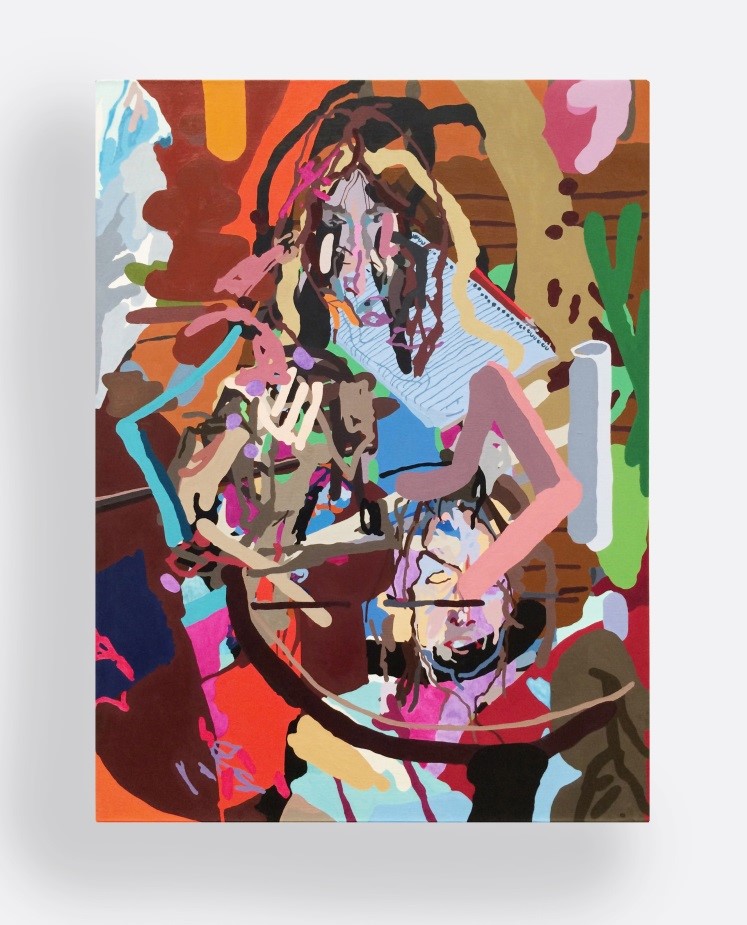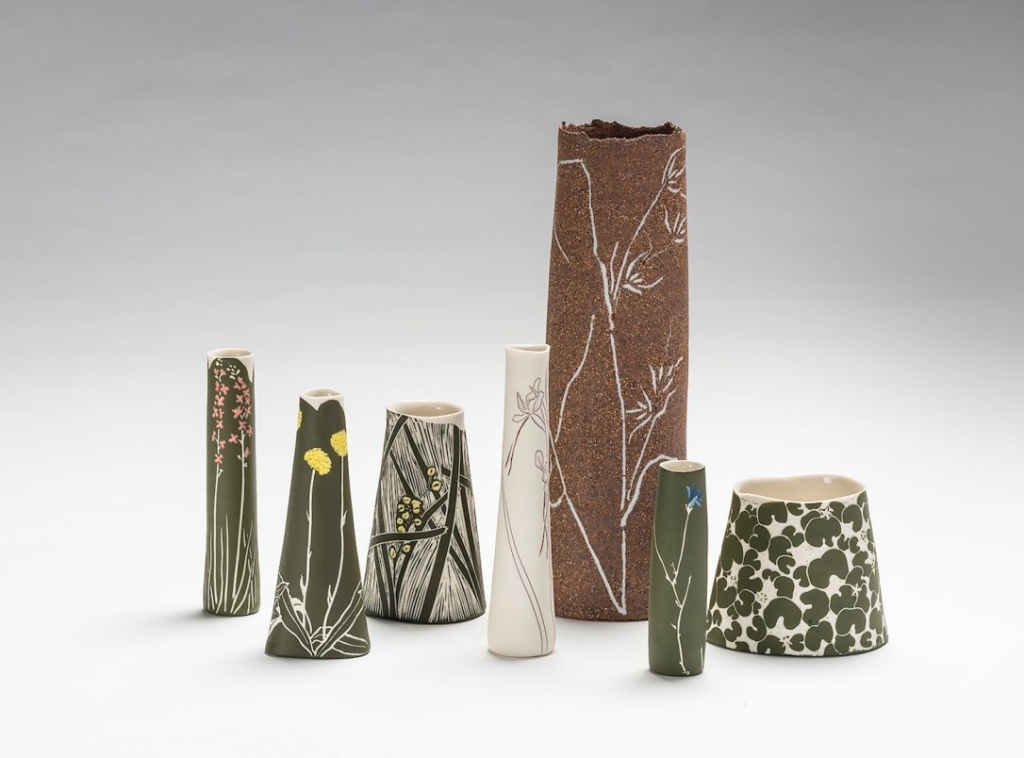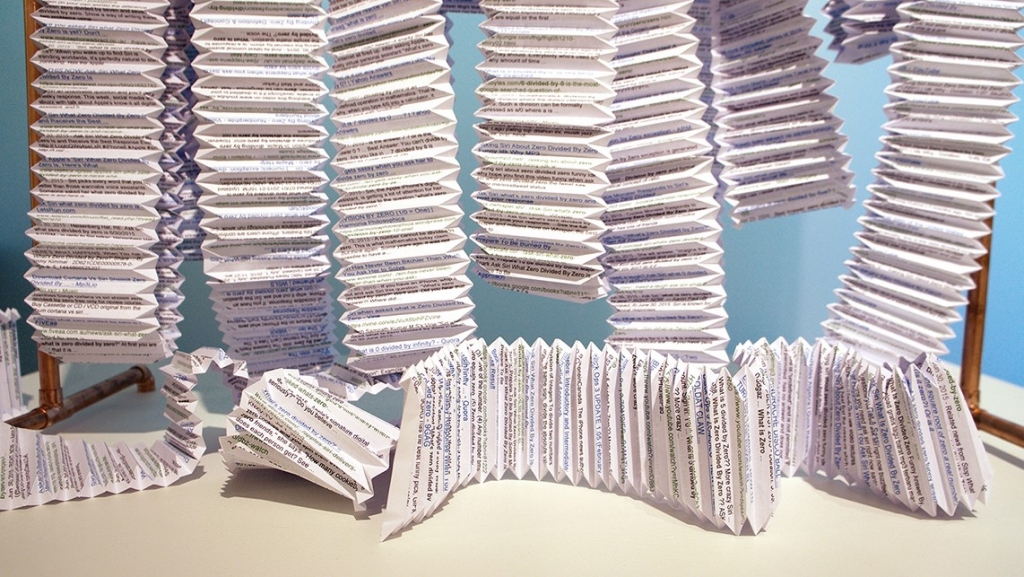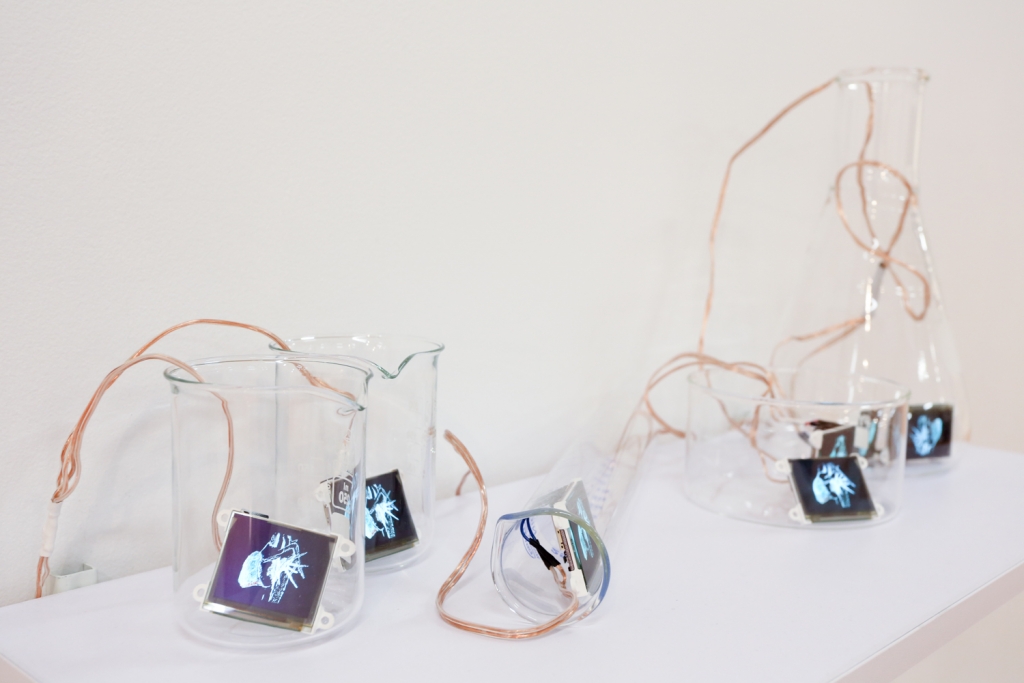2016 Vice-Chancellor’s College Visiting Artist Fellows
Tony Currran

Tony Curran, Dr Doris McIlwain (Ouroboric #3), 2015, oil on linen, 83.5 x 111.5 cm
In collaboration with Dr Ben Swift from the ANU School of Computer Science, I intend to test the hypothesis that digital art is made compelling when the work demonstrates an equal balance of human gesture to mechanical structure; that is, artwork as simultaneously human and machine generated. Through practice-led research into digital drawing, painting, live coding and signal generation, and literature research into digital art criticism, Dr Swift and I intend to produce a body of visual and sonic art that brings the ‘digital gesture’ into the aesthetic foreground while proposing a theoretically grounded manifesto for an electronically humanist art practice.
Ngaio Fitzpatrick

Ngaio Fitzpatrick, Anthropocene #1, 2015, video still
This project will explore how visual imagery and language can communicate the urgency and complex issues surrounding irreversible climate change. My current work utilises video, photography, light and industrial glass to express my deep concern with the increasingly destructive impact of human activity on the natural environment. The tensioned sheet of industrial glass shares an uncanny parallel with human induced stresses placed on Earth in our never-ending quest for greater economic growth and productivity. The final body of work will reflect the exchange of shared research, ideas and the evolving methodologies of my practice.
Cathy Franzi

Cathy Franzi, Temperate Grassland, 2015, porcelain, stoneware, inlay, sgraffito, 34 x 44 x 28 cm. Photograph: Rob Little Digital Images
Cathy Franzi is a recent PhD graduate from ANU School of Art Ceramics Workshop. She will collaborate with plant evolutionary biologist Professor Adrienne Nicotra in the College of Medicine, Biology and Environment, based on their shared enquiry into form and function. The Nicotra Lab asks the following questions: why leaf shape varies, how diverse leaf shapes evolve and how leaf shape might provide an adaptation to environmental change, particularly climate change? Cathy Franzi proposes to use ceramic materials and processes to address the evolution of form, or design evolution where characteristics of shape within the restraints of function are explored, resolved and further possibilities revealed.
Jen Fullerton

Jen Fullerton, Everything and nothing, 2015, paper, 63 x 62 x 30cm
Jen Fullerton is a doctoral candidate in the ANU School of Art Sculpture workshop. She will collaborate with Dr Robert Ackland, ANU Research School of Social Sciences, who is developing new methods for studying networks on the World Wide Web, including data visualisation and analysis of social networks. Building on a shared interest in the evolution of our digital selves, this collaboration will see Jen create a body of sculpture that will be part data visualisation, part social commentary, giving concrete form to the temporality of digital life.
Anna Madeleine

Anna Madeleine, Never let me go, 2015, stop-motion animation on custom display modules, chemistry glassware, dimensions variable
Anna Madeleine has a PhD in Media Arts from UNSW and completed her Bachelor of Visual Arts at ANU in 2007. She will collaborate with anatomists Associate Professor Krisztina Valter and Dr Alexandra Webb from the ANU Medical School to research how animation and interactivity can create a new way to experience anatomy. The project will explore medical imaging technology such as ultrasound, x-ray, magnetic resonance (MR) and computed tomography (CT) images, with the aim of creating an interactive installation that incorporates hand-drawn stop animations of various parts of the body that change shape, form, scale and motion in response to interaction from the viewer.
Jennifer Robertson

Jennifer Robertson, Reverse Fault, 2015, hand-woven on digital loom, fine stainless steel, silk, linen, cashmere, 90 x 150 x 20 cm
Jennifer Robertson migrated to Australia from England after studying at The Surrey Institute of Art and Design University College, and the Royal College of Art. She will collaborate with Emeritus Professor Ian Jackson, Research School of Earth Science in an exploration of relationships between micro and macro structure, form and surface in geology and weaving. In an organic process of playful discovery, Jennifer Robertson will engineer new woven structures, surfaces and forms informed by physical and aesthetic properties of rocks and minerals, with treatments such as torturing and whispering - applying pressure to change memory and cause deformation.











